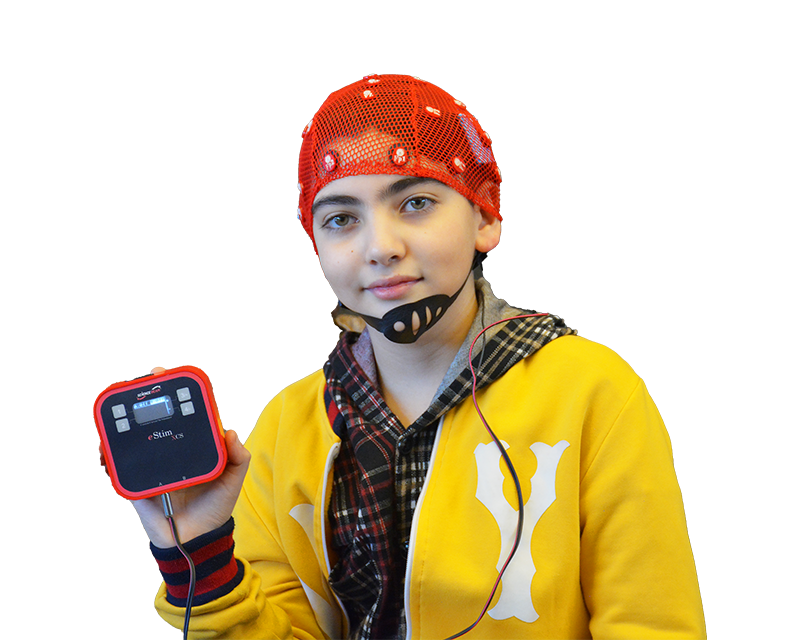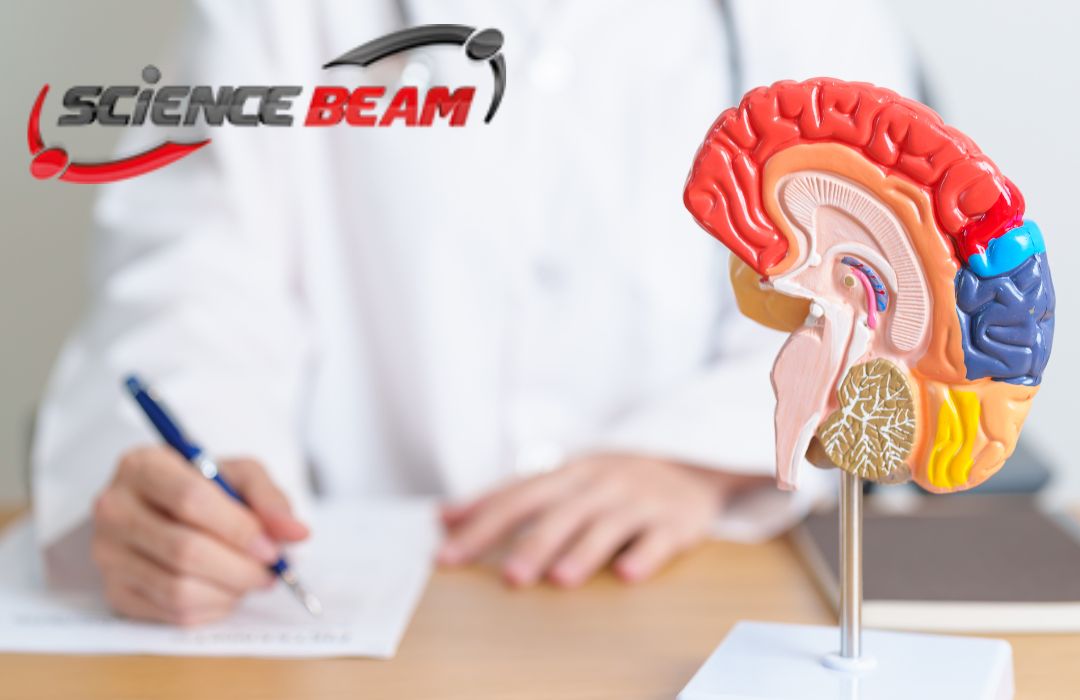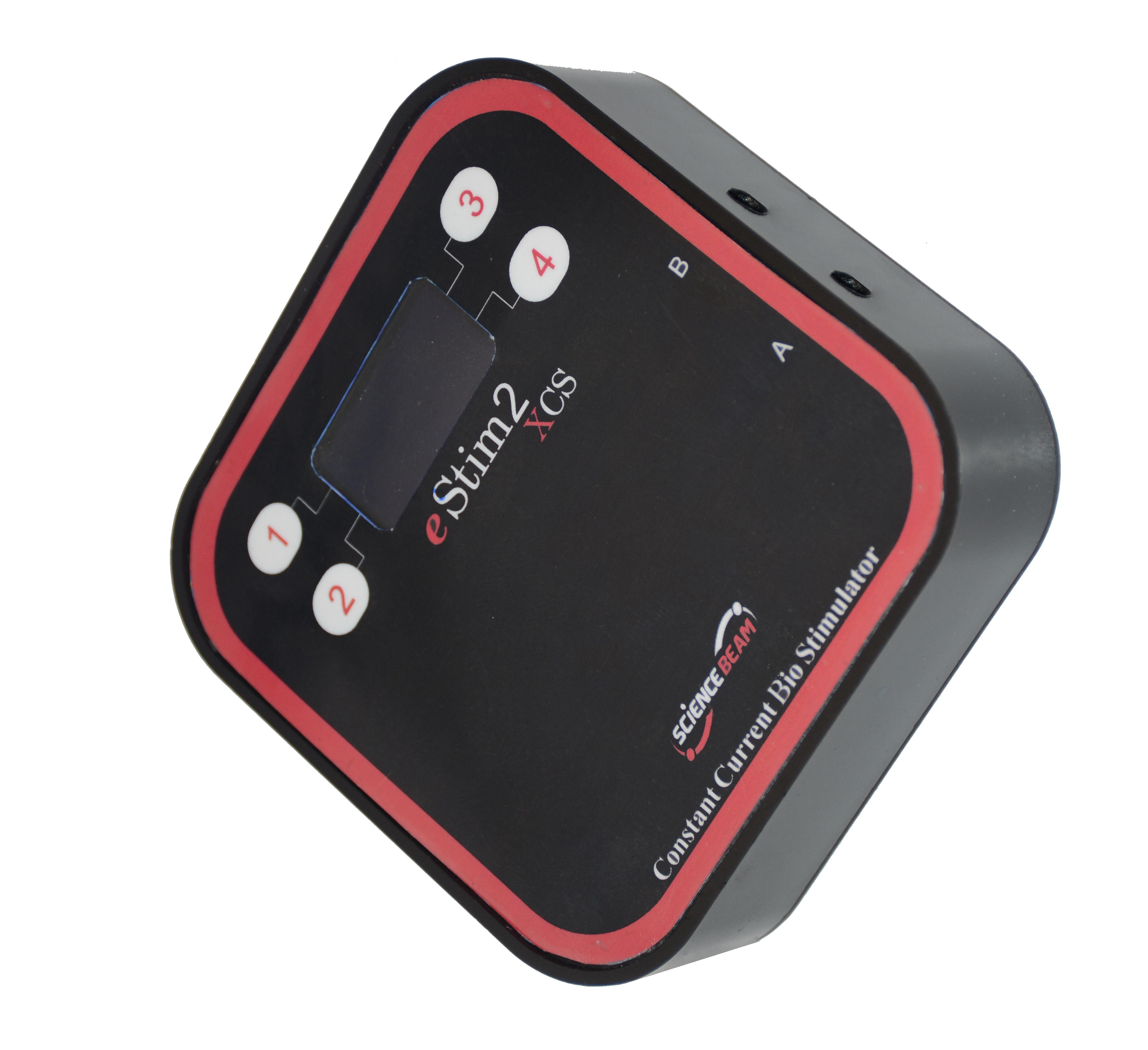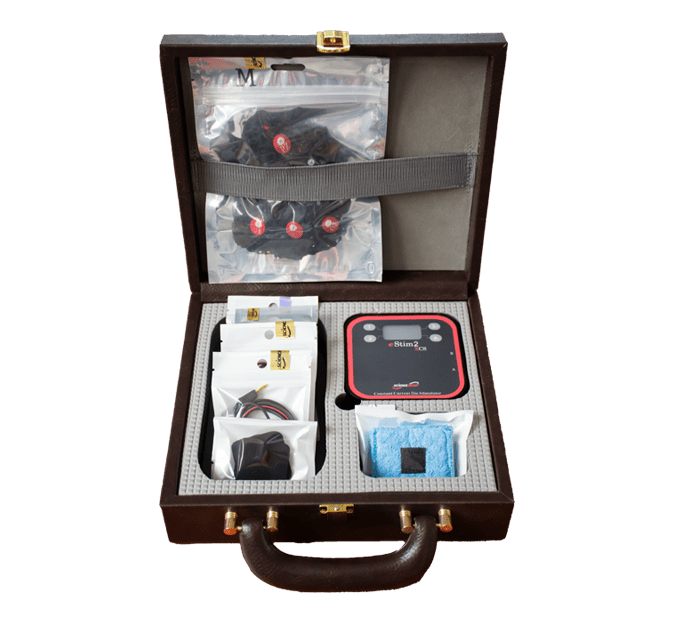tDCS, tACS, tPCS, tRNS, CES
For accurate and fixed placement of electrodes
All-in-one software for every electrophysiology application
Battery (Lithium, 3.7 V), Battery Charger 5 V
Number of channels
Lightweight, and easy to use
tDCS is a form of neuromodulation that uses constant, low direct current delivered via electrodes on the scalp. It is designed to help patients with brain injuries or psychiatric conditions. It can increase cortical activity, and change neural activity and cortical excitability.
It transfers weak electrical current (0-2 mA) to specific regions of the brain via electrodes on the scalp, by either using the positive electrode or the negative electrode.
tDCS is a safe, cost-effective, wearable device that unlike rTMS can be used at home.

Central Pain Syndromes:
Research has shown tDCS assists those who suffer from fibromyalgia, spinal cord injury, phantom limb, and chronic post-stroke pain, by improving motor recovery, motor skills, and motor learning.
Attention, Memorization, and Learning:
tDCS aids with attention improvement, memory boost, and learning ability. It could also expand brain calculation speed as well as vocabulary learning ability.
Mood Swings, Sleep Disorders, Depression:
tDCS is designed to modulate sleep quality and improve sleep disturbances symptoms like insomnia. It is also a mood regulator and assists patients with mood swing problem. Additionally, tDCS helps with symptoms related to cravings, addiction, and eating disorders. Those who suffer from addiction or food-related disorders can benefit from this neuromodulation-based approach.
In research, tDCS is most often used daily, weekly, or biweekly. These treatments also last from one to two weeks to 6 months. There are exceptions to these patterns – however, the frequency of using TDCS, as well as the duration, usually depends on the effect of the study you want to recreate.
A standard tDCS session can be anywhere from 5 to 40 minutes, but frequently used stimulation protocols in scientific publications are usually 20 to 30 minutes, at regular time intervals of 10 to 15 days. Some studies have observed positive effects for a few days, while some other studies observed improvement in the first session.



| Technical Specifications |
|
|---|---|
| Features |
|
Click one of our contacts below to chat on WhatsApp